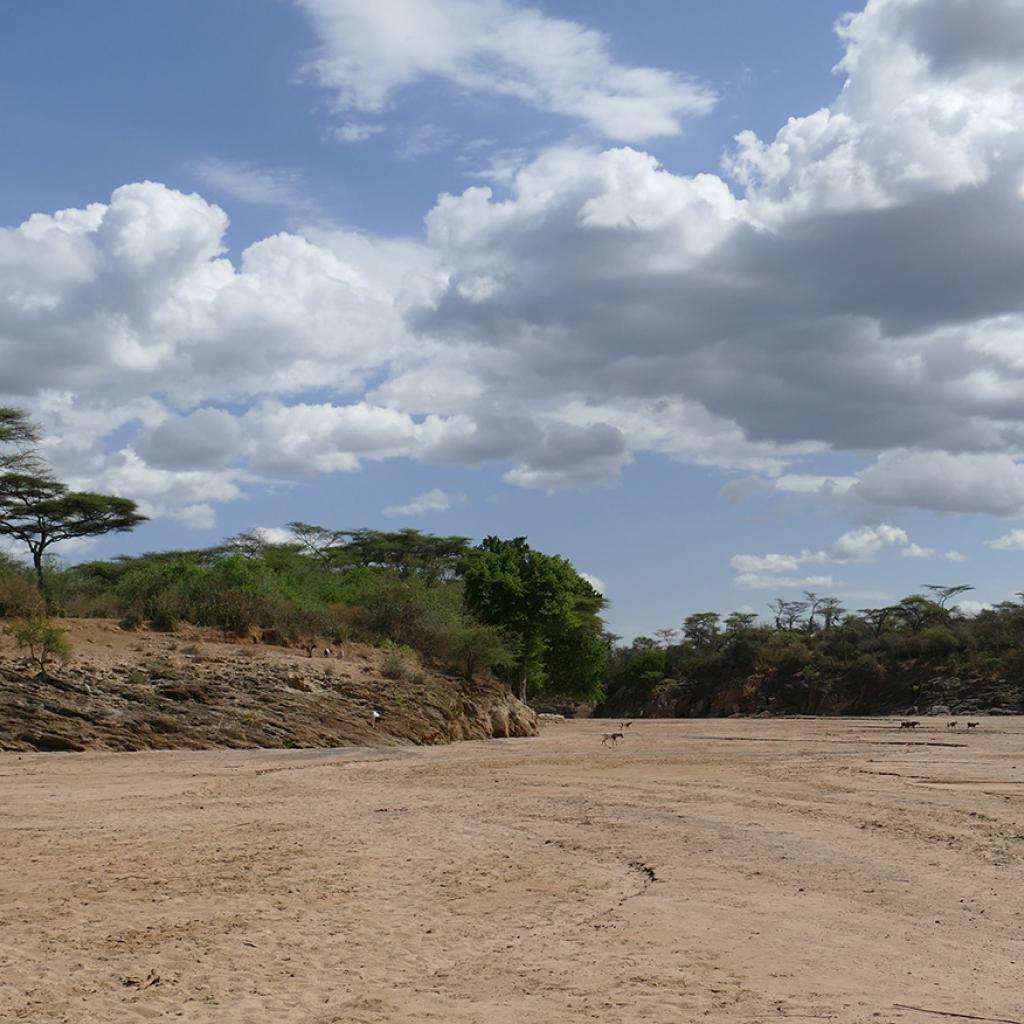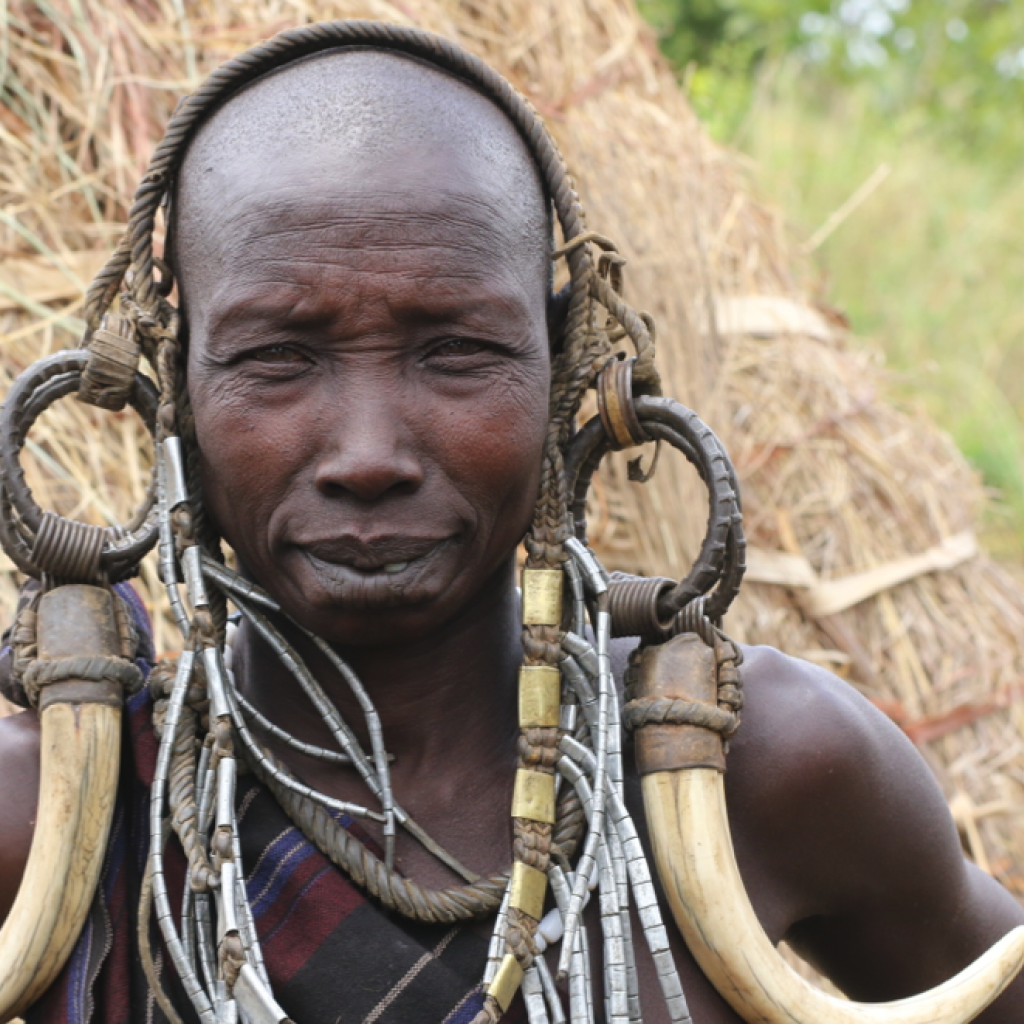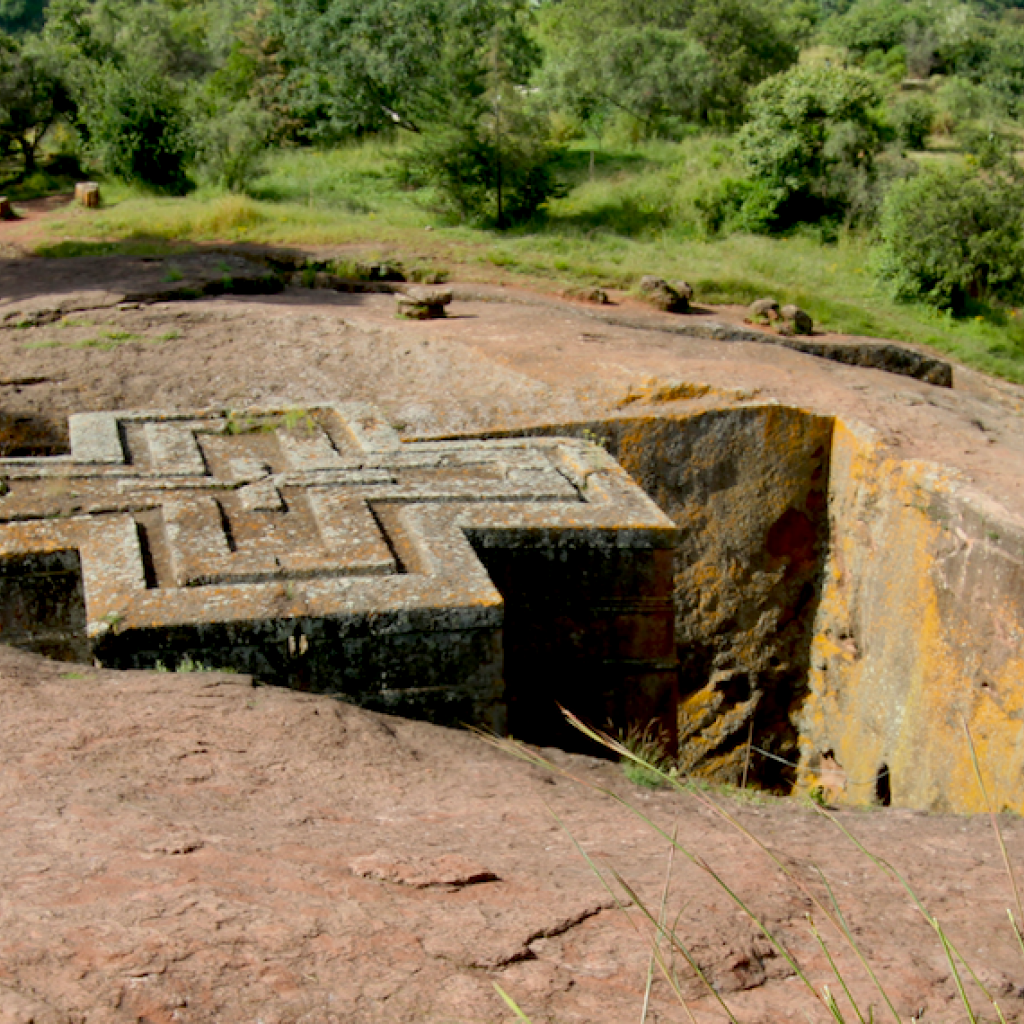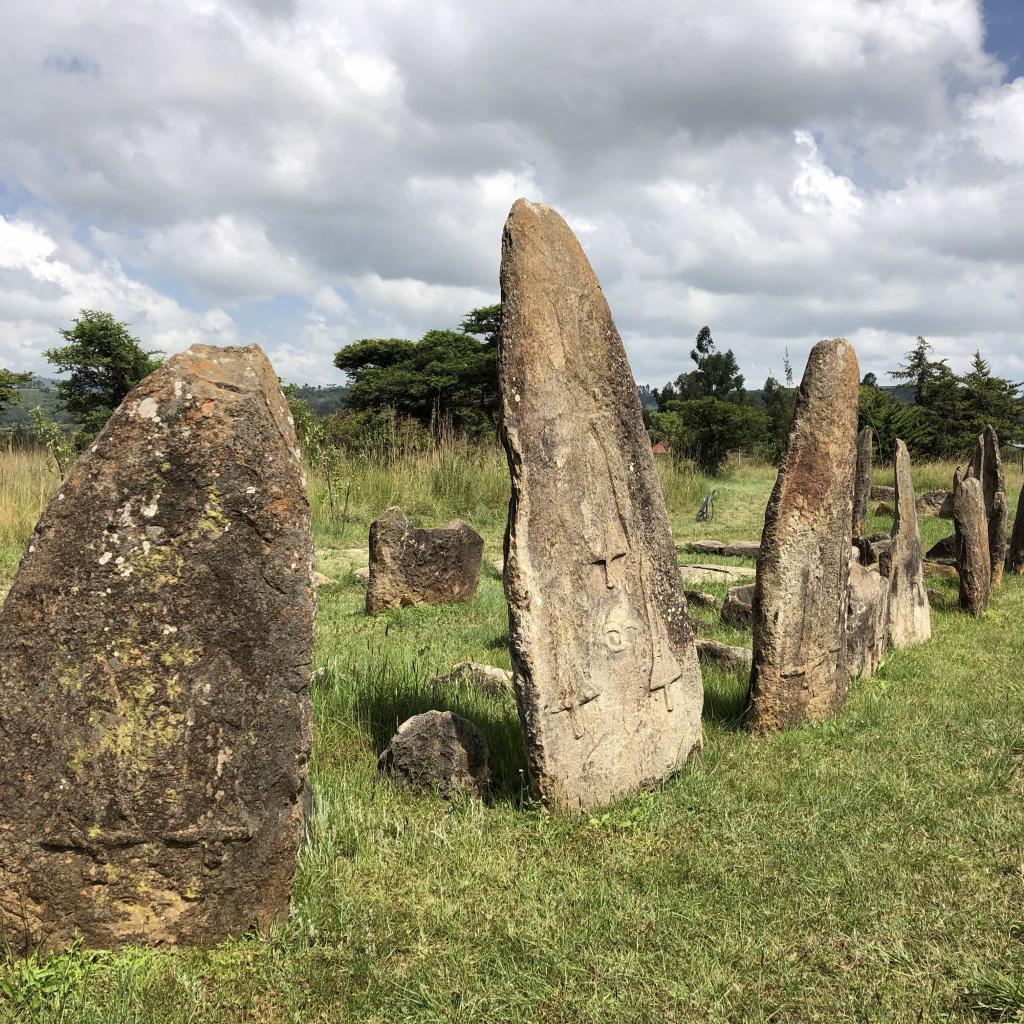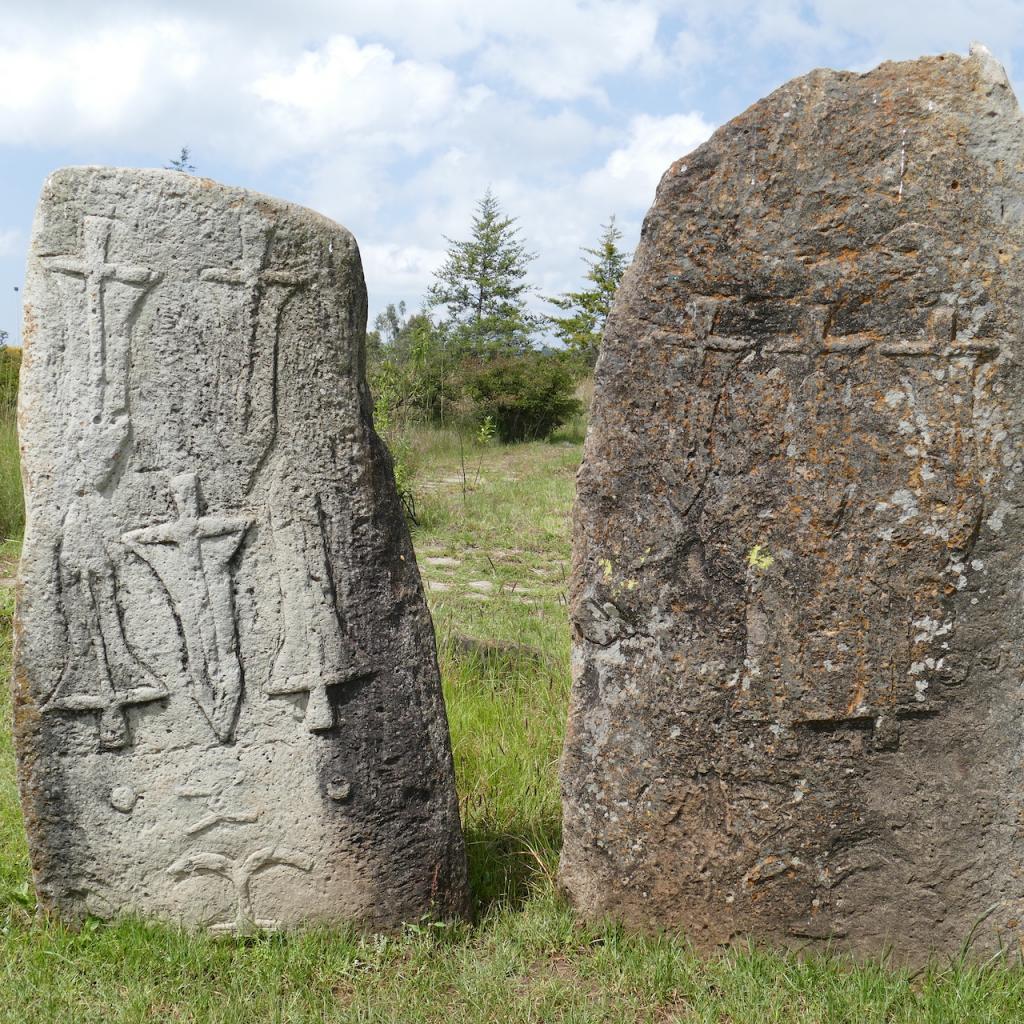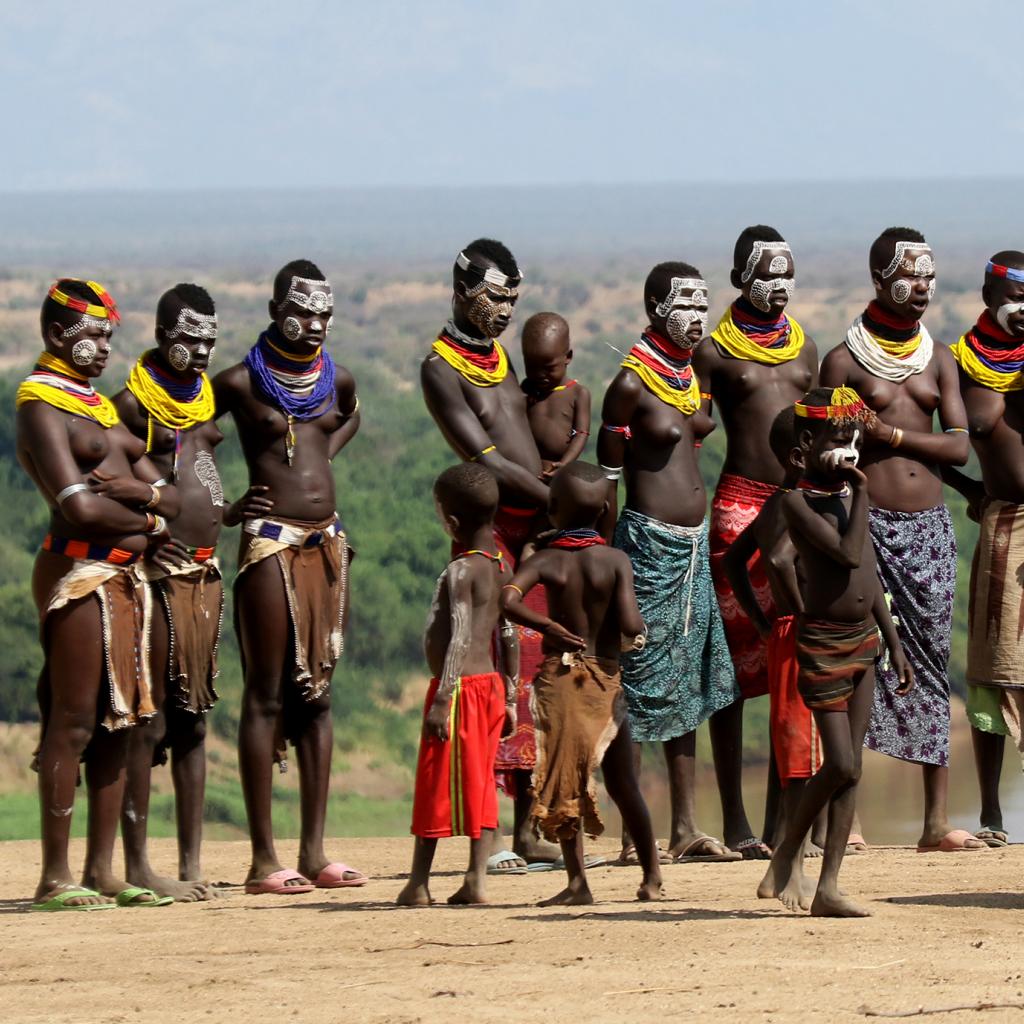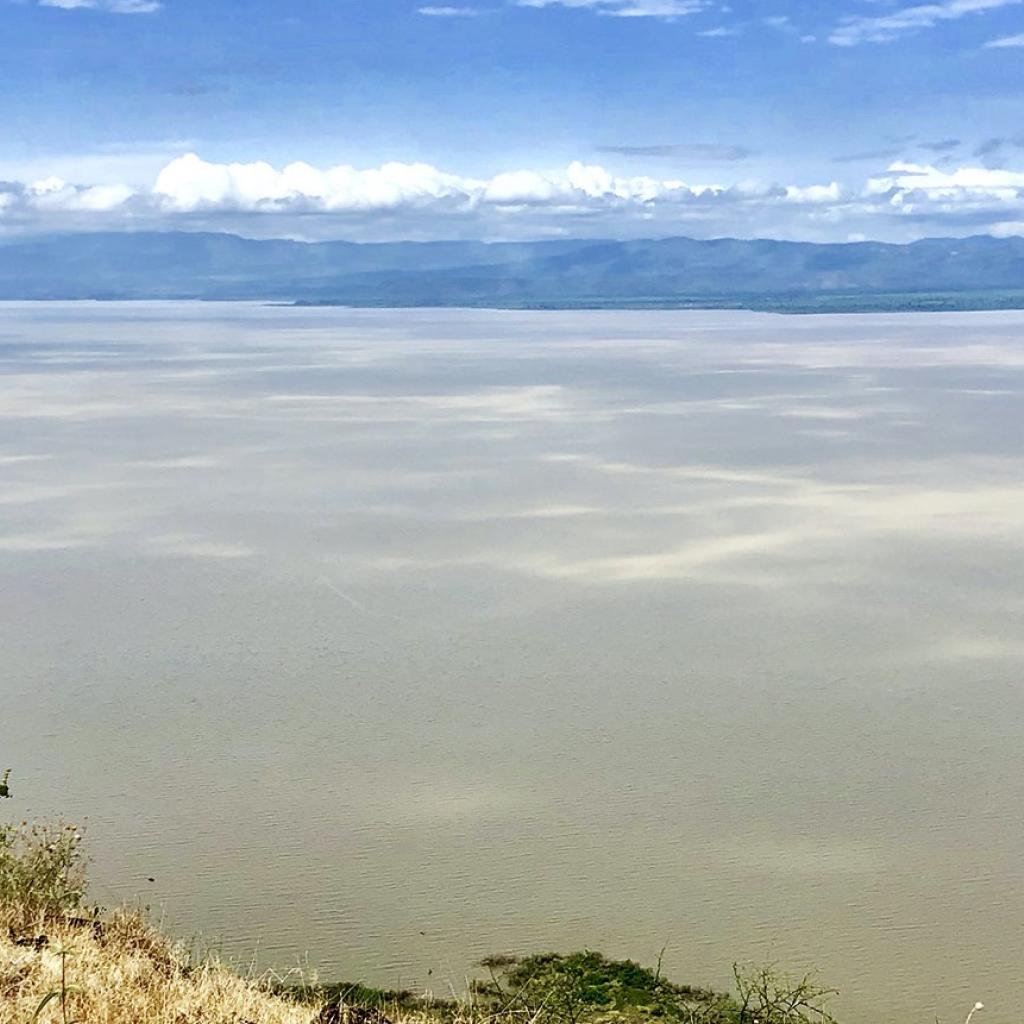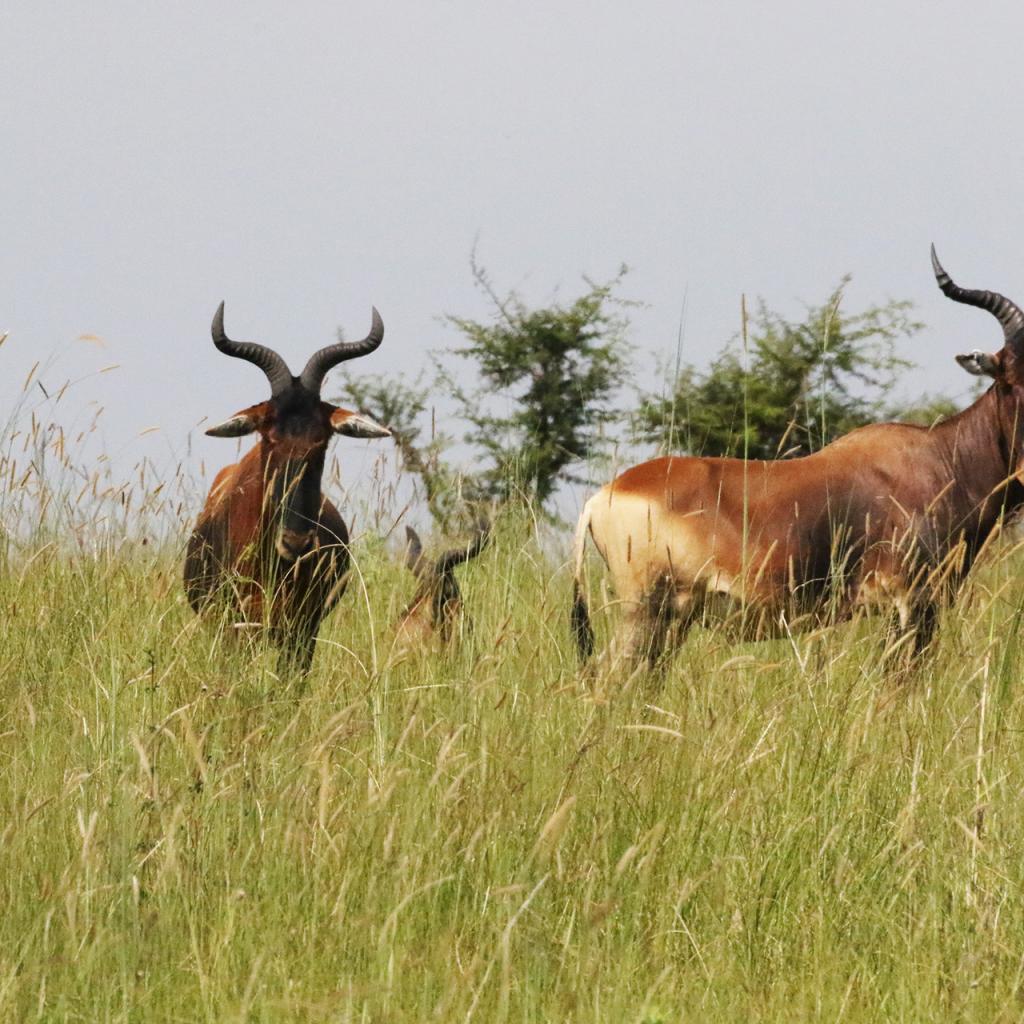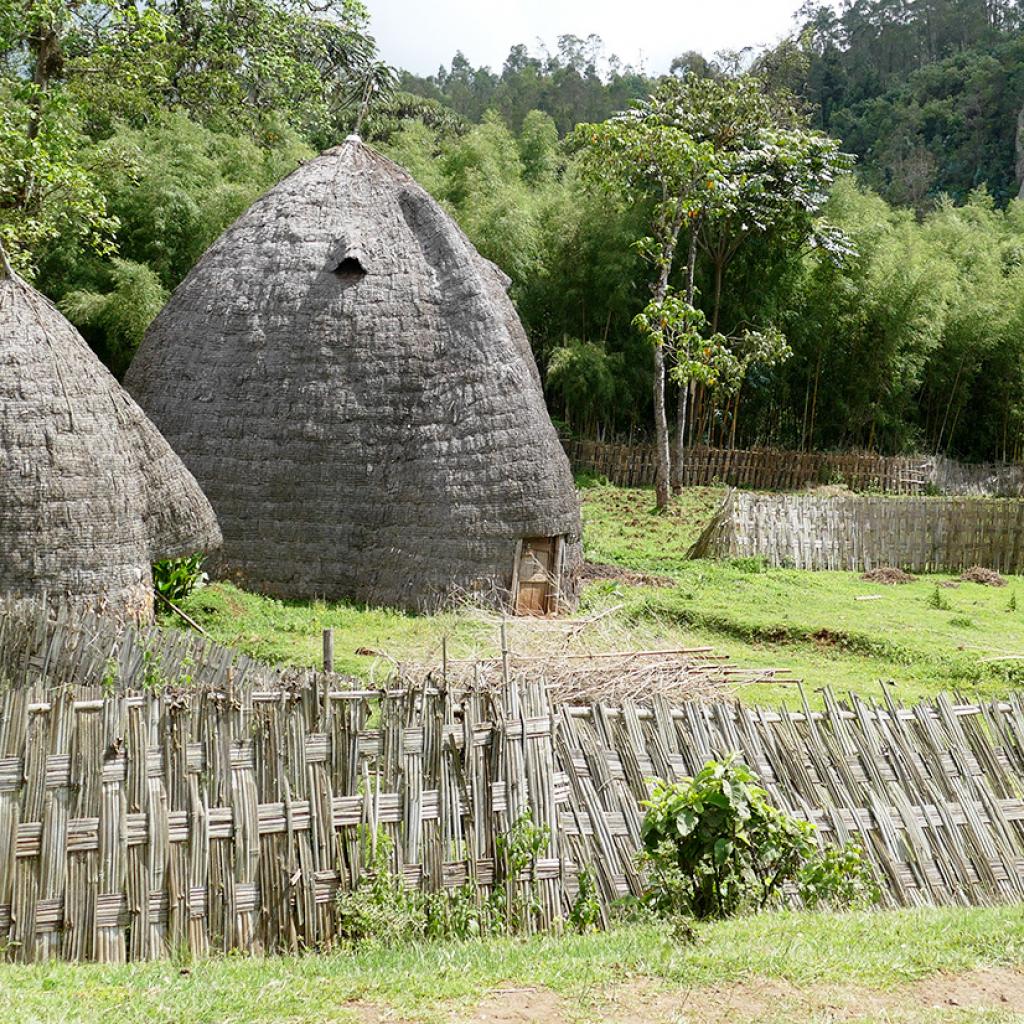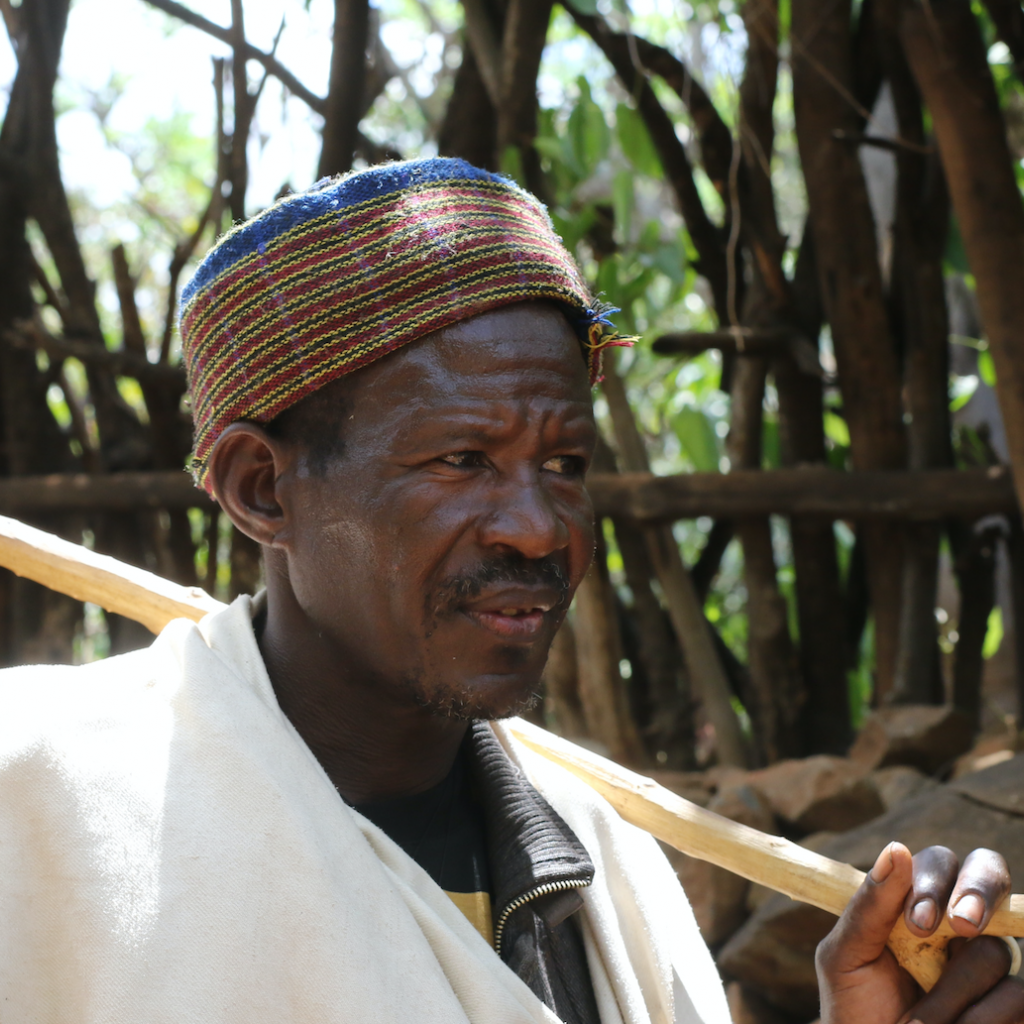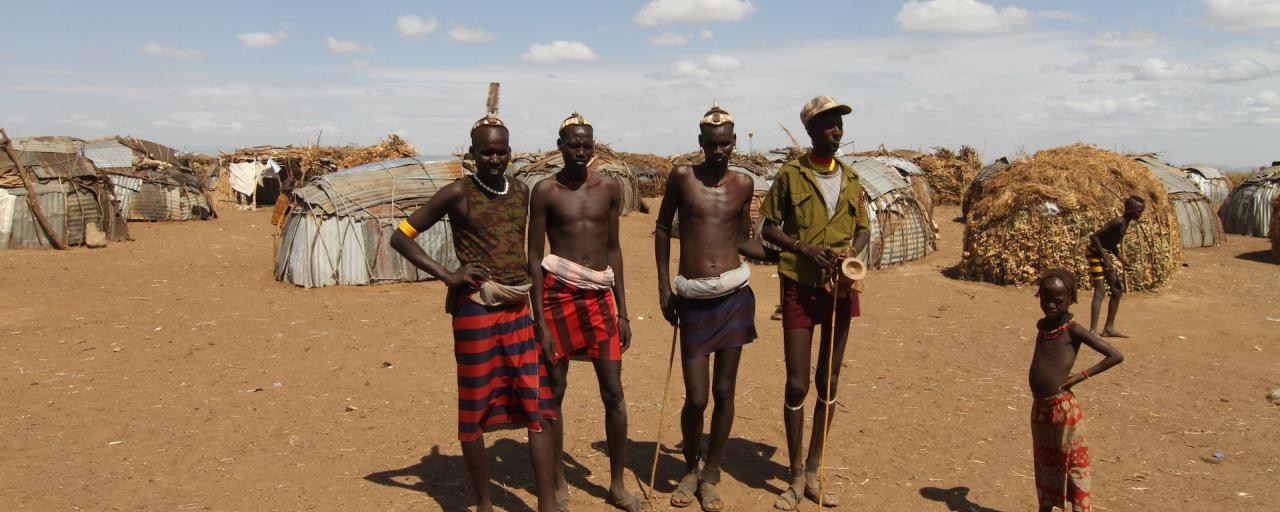
Dassanech people - Photo Credits: Romina Facchi
The Dassanech
During a hot morning we visited the population of the Omo valley, in Ethiopia, that is located further South, the Dassanech who live in the area on the border with Kenya.
At Omorate, the capital of the territory of the Dassanech or Daasanach or Dassanetch, one can admire the slow flowing Omo river before flowing into the Turkana Lake in Kenya.
This borderland between Ethiopia and Kenya is a semi-arid, rugged and apparently inhospitable territory, with temperatures that can be particularly high.
To be able to visit a typical and traditional Dassanech village we must reach the opposite bank of the Omo river compared to Omorate.
The Dassanech villages consist of numerous circular huts, some meters apart one from the other; they are made by building a structure of intertwined branches that is then covered with straw and leaves, during the dry period, and with animal skins, during the rainy season.
In the village there are some huts that are lined with metal sheets, this change due to the fact that in this village they have less and less cattle, besides the metal sheets are cheaper than the skins and last much longer over time, the negative aspect is that the sheet does not isolate from the outside temperature, making the huts almost uninhabitable during the day.
In fact, inside the Dassanech village there are also numerous semicircular constructions made of straw that provide a shaded and ventilated place, where to shelter during the hottest hours of the day.
As for the Masai neighbors and the Turkana, even the Dassanech can have all the wives they want, provided they can support them and, in the case of polygamy, each wife must own her own hut.
The hut houses a container with a rather robust structure made of reeds and cords of cow leather, inside which the Dassanech women preserve tobacco, coffee and other important objects.
This box is also used to load objects onto the donkey's back during the movement of this semi-nomadic population.
Food preparation takes place inside the hut as it is considered an intimate thing that must be done away from the eyes of other people.
The village is enclosed within a fence made up of bushes; also inside there are other smaller enclosures that are used to host animals during the night.
The Dassanech belong to the Nilotic ethnicity even if the frequent contacts with the Cushitic populations has created some doubts in the scholars, it is to say that not being a closed population the Dassanetch have welcomed numerous people coming from neighboring ethnic groups and they inevitably have brought their own DNA.
The Dassanech have a long-limbed body, they are very tall and thin; they wear only a sort of pareo, in leather or fabric, knotted around the waist, while great importance is given to accessories, both men and women are wearing bracelets and numerous necklaces made with colored beads and other plastic or metal objects.
Like other populations of the Omo valley, the Dassanetch also practice body changes that have an aesthetic function, they drill a hole in the lower lip and use scarify the skin of the back, shoulders and abdomen to be more attractive or as a sign of courage.
In the past a man who killed an enemy could exhibit on his body, abdomen or chest, a scarification that represented an honor, a sign that however was also a danger for those who wore it, in fact, during the battles they were the first to be attacked and killed because considered the strongest by the enemies.
Both men and women pierce the earlobes and wear colorful earrings.
The great care for the physical aspect also concerns the hairstyles of both men and women.
Men style their hair using chalk and butter in this way they create a sort of hard helmet that lasts for several months; the chalk and butter bob is decorated with feathers and metal objects and is colored in yellow and red.
To avoid damaging their hairstyle during sleep, the Dassanetch men use a kind of wooden headrest, this object is also used as a stool and is widely used in Southern Ethiopia.
For women hairstyles have an aesthetic function but also to identify the status of the girl, the differently styled hair makes it possible to understand if a girl is single or married, if she is in her first pregnancy or if she already has children.
The Dassanech were originally a population of shepherds and cattle ranchers, today, due to the greater drought and plagues carried by tsetse flies, they survive in this inhospitable environment above all by cultivating crops thanks to sporadic rains and the proximity to the Omo river .
They continue to raise the livestock they are able to maintain, slaughtering the older chieftains during the dry season, when, on the one hand, the pastures are more limited and, on the other hand, the meat is more necessary as food.
In this dry land, survival is precarious even if the Omo river is another important source of livelihood, providing food through fishing.
During the visit to this Dassanech village we met very kind and helpful people, who showed us many aspects of their culture, they also danced for us some traditional dances.


